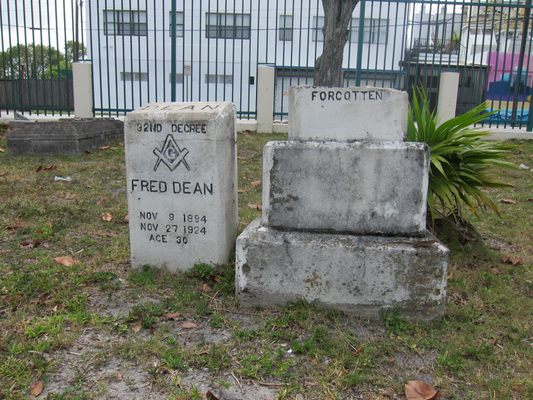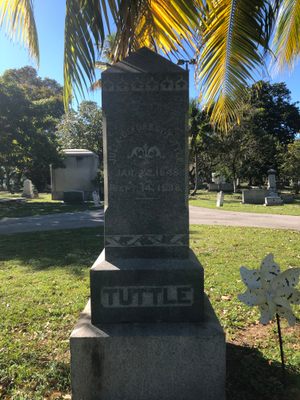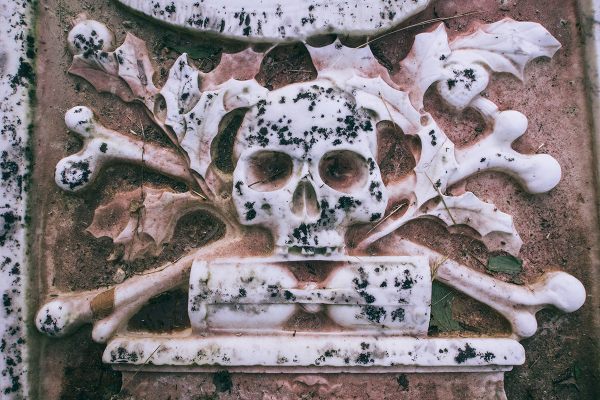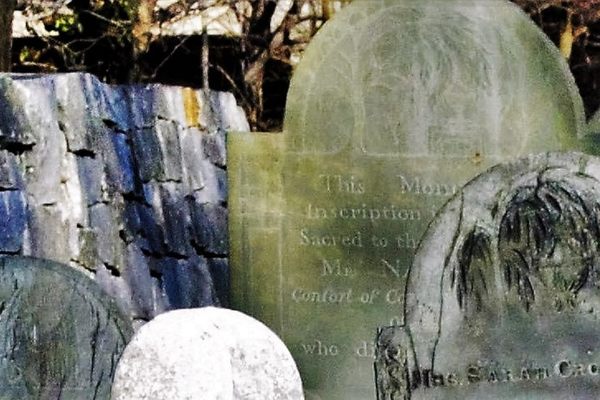About
Miami's karstic limestone isn't easy to dig in, so one can imagine the challenges that faced the city's early settlers when they tried to dig wells, basements, and graves. The graves of some of those early settlers, including the "Mother of Miami" Julia Tuttle, as well as the city's African-American pioneers, are in Miami City Cemetery, a small plot wedged between downtown and the trendy Wynwood district.
The cemetery itself is maintained—not particularly carefully—by the city, but the condition of the plots and stones is up to the families of their occupants, since the owners of the plots actually hold deeds to them. There are some newer stones, and at least some burials every year, but many of the markers are in advanced states of disrepair. Some are falling because the lack of soil provides little anchorage. Several of the crypts have been broken into, including one with a note from a family member demanding that whoever keeps entering stay out.
Other parts of the cemetery have received some attention. There are new markers in the African-American section for many of the city's early black leaders. There is also a walled Jewish section and plots for veterans of the Civil War, Spanish-American War, and both World Wars.
The most puzzling grave in the cemetery is the one belonging to Carrie Miller, a room-size monolith that reads, “THE BODY OF CARRIE BARRETT MILLER WAS MOULDED IN THIS SOLID BLOCK OF CONCRETE—DECEMBER 4TH.1926. AFTER THE BODY HAS GONE TO DUST HER SLEEPING FORM WILL REMAIN.” There are a lot of little stories and dramas in this cemetery if you have a close eye. But for a variety of reasons, don't try to go at night.
Related Tags
Know Before You Go
The cemetery is open to the public, but it’s probably best not to visit alone or when it is dark. Take care as you walk through.
Community Contributors
Added By
Published
June 13, 2018















































